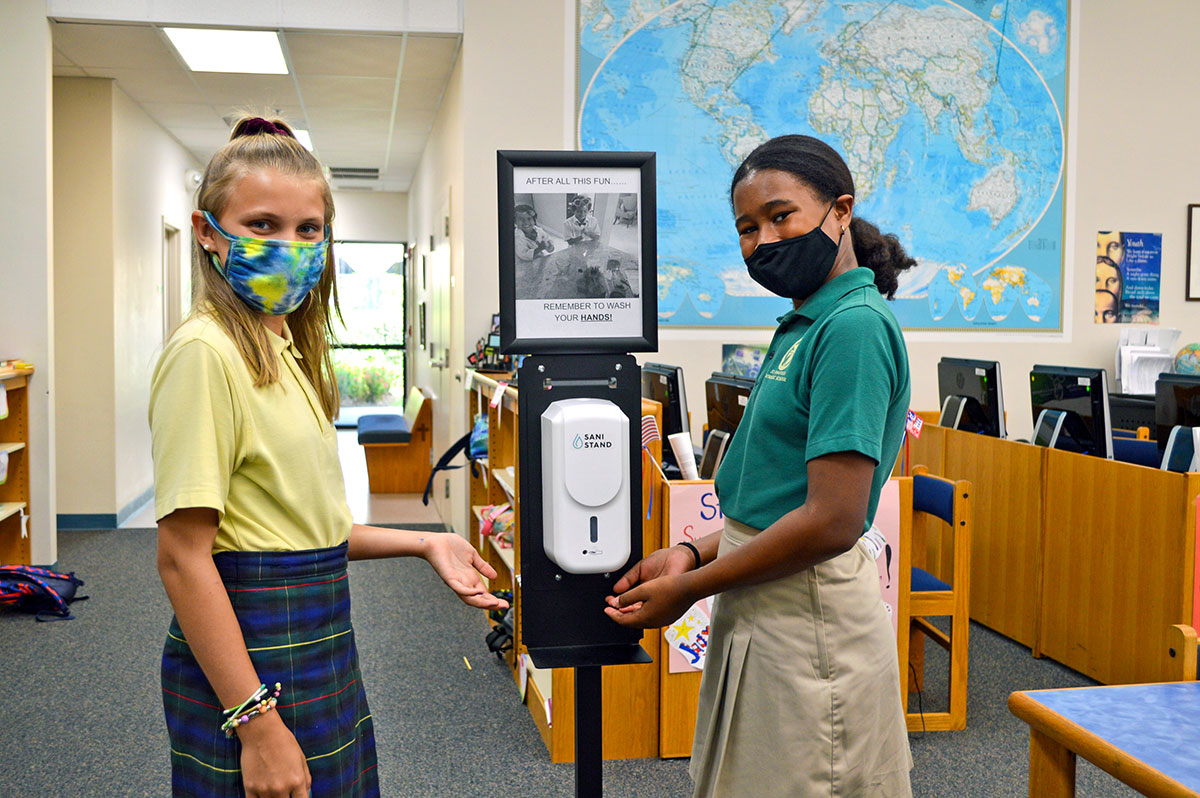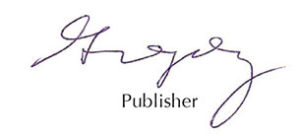Future of education may be one of choice for students

It’s been exactly a year since our way of living was utterly rearranged by the coronavirus pandemic. We are once again seeing a drop in numbers and this time, with the introduction of vaccines, the trend is likely to continue.
As we attempt to go back to live the lives we had before COVID-19, we shall continue to adapt to what coronavirus has wrought.
As our writer Ellen Gillette reports in “Lesson Plans” beginning on Page 42, the coronavirus has forever changed education, making it far more flexible than before. A surge in the use of technology and remote learning are just a few of the outcomes of the pandemic. Remote learning reduces per-pupil expenses but at what cost will likely be debated for years.
As at-home learning becomes more widespread, issues arise concerning everything from the length of the school day to whether extracurricular activities such as athletics and band would be better as community-based programs.
All this leads to the question of what is best for the students. While educators disagree over the effectiveness of remote versus classroom learning, the answer may be that it depends on the student.
For some students and their families, it may be that family or personal circumstances makes virtual learning more appealing one academic year while the opportunity for group activities and socialization with peers makes it appealing the next. The only paradigm is that there is no paradigm.
Education simply becomes an adaptive process tailored for the individual student.
Coronavirus disrupted our lives, but it has also prompted us to think about how to live them better in the future.
See the original article in the print publication

Gregory Enns
Reach Gregory Enns or 772.940.9005.
